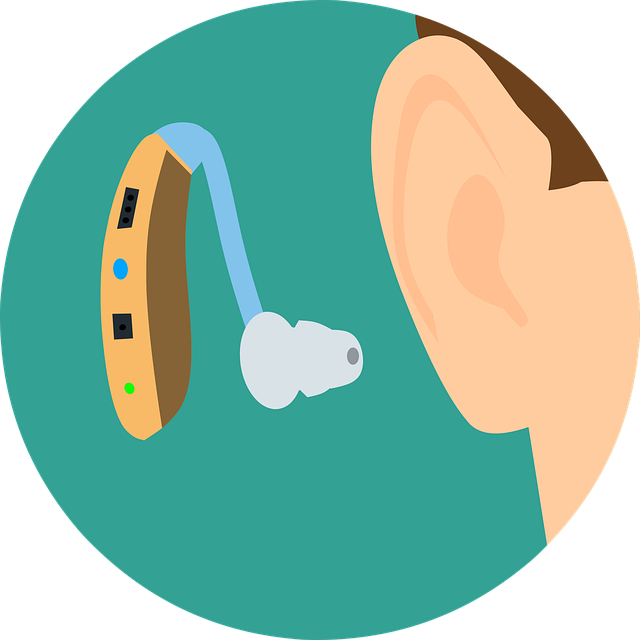Before purchasing a hearing aid, one must understand how they work. You can choose from ITE (in-the-ear) devices, which fit entirely inside your outer ear, or BTE (behind-the-ear) devices. You can also choose from Digital or telecoil models, making it easier to hear telephone conversations.
In-the-Ear (ITE) hearing aids fit completely inside your outer ear
In-the-Ear (ITE) audiology devices are custom-made hearing aids that fit entirely inside your outer ear. They have a hard plastic case that holds the electronics inside. These hearing aids work best for mild to severe hearing loss. However, they are not as effective for children who are still growing and have developing ears.
In-the-Ear (ITE) devices are custom-moulded to fit into the outer ear. They can have various special features, including directional microphones that help you hear voices in noisy environments. While they may seem appealing, they can also cause problems with earwax or drainage from the ear. They are not recommended for children. Depending on the level of hearing loss, you may prefer an ITE hearing device. There are several different styles of ITE devices, and each can be customised to fit your lifestyle and budget.
Behind-the-Ear (BTE) hearing aids are worn behind the ear
Behind-the-ear (BTE) hearing aids are discrete and worn behind the ear. They work well for people with moderate to severe hearing loss. A microphone is placed inside the hearing aid, and sound is transmitted into the ear through tiny tubes custom-fitted to the wearer’s ear. The hearing aids are available in several styles and colours and are comfortable to wear.
Hearing aids from Audi Hearing come in a variety of designs, including mini and superpower models. Most of these devices fit behind the ear and feature a thin tube running down the ear canal. BTEs may have a custom-fit earmold or a dome-style design, depending on the model. Moreover, many models have various colours and designs to match the wearer’s style.
BTE hearing aids are more comfortable to wear and are more reliable than other hearing devices. They are also more convenient to handle. Because they sit behind the ear, BTE devices don’t require constant cleaning and don’t suffer from moisture and earwax problems. In addition, many BTEs are waterproof and suitable for scuba diving.
Digital hearing aids convert sound waves into numerical codes
Digital hearing aids have many advantages over analog devices. They can adapt to individual hearing needs, while analog devices are more generic. Since digital circuitry is more flexible, it can focus on sounds coming from particular directions. However, they are more expensive than analog technology. The price of digital hearing aids will vary, depending on their features.
Analog hearing aids are also common, but they are not as popular these days. Digital hearing aids use computer technology to convert sound waves into numerical codes. This way, they are more cost-effective and can be programmed to match the patient’s specific needs.
In addition to processing noise, digital hearing aids also feature directional microphones that focus on conversations. These features improve speech understanding and conversation in noisy environments. Furthermore, the “brain” of the hearing aid, a digital chip, can eliminate feedback and reduce unwanted background noise.
Rechargeable batteries
Rechargeable hearing aid batteries come in several varieties, including zinc-air and lithium-ion rechargeable batteries. Each battery is factory-sealed with a protective film. These batteries can last five to 14 days, but the exact length of battery life will depend on several factors. The number of hours used each day, the size of the hearing aid, and whether the device receives signals from the surrounding environment all affect the life of a battery.
The zinc-air type is the most common. These hearing aid batteries are available in various sizes and come with colour-coded tabs that indicate the proper size for your device. Generally, larger batteries are used for severe hearing loss. These batteries are more expensive than the smaller ones but tend to last longer.
Directionality
Directionality is an essential feature of hearing aids, as it helps users distinguish speech from background noise. Different hearing aid models use different directional microphone technologies. Some use omnidirectional microphones, while others use directional and adaptive microphones or a combination of both. If you are considering purchasing a hearing aid, make sure you know which type of directional technology you need.
A standard method for testing the directionality of hearing aids is to perform real-ear measurements. It involves taking two measurements: one with the patient’s head pointed away from a speaker, the other with the patient’s head pointed towards the speaker. This directional test is an excellent way to determine the benefit of directional hearing aids in high-frequency frequencies. Another method involves using an insertion gain screen to subtract the reverse measurement from the forward measurement.
In addition to evaluating the directional characteristics of a hearing aid, it is also essential to consider the noise emitted by the device. It can help ensure the device’s success in correcting hearing loss. A high-quality hearing aid can reduce a person’s sensitivity to loud sounds. However, a hearing aid can only be as effective as its input/output capabilities.

